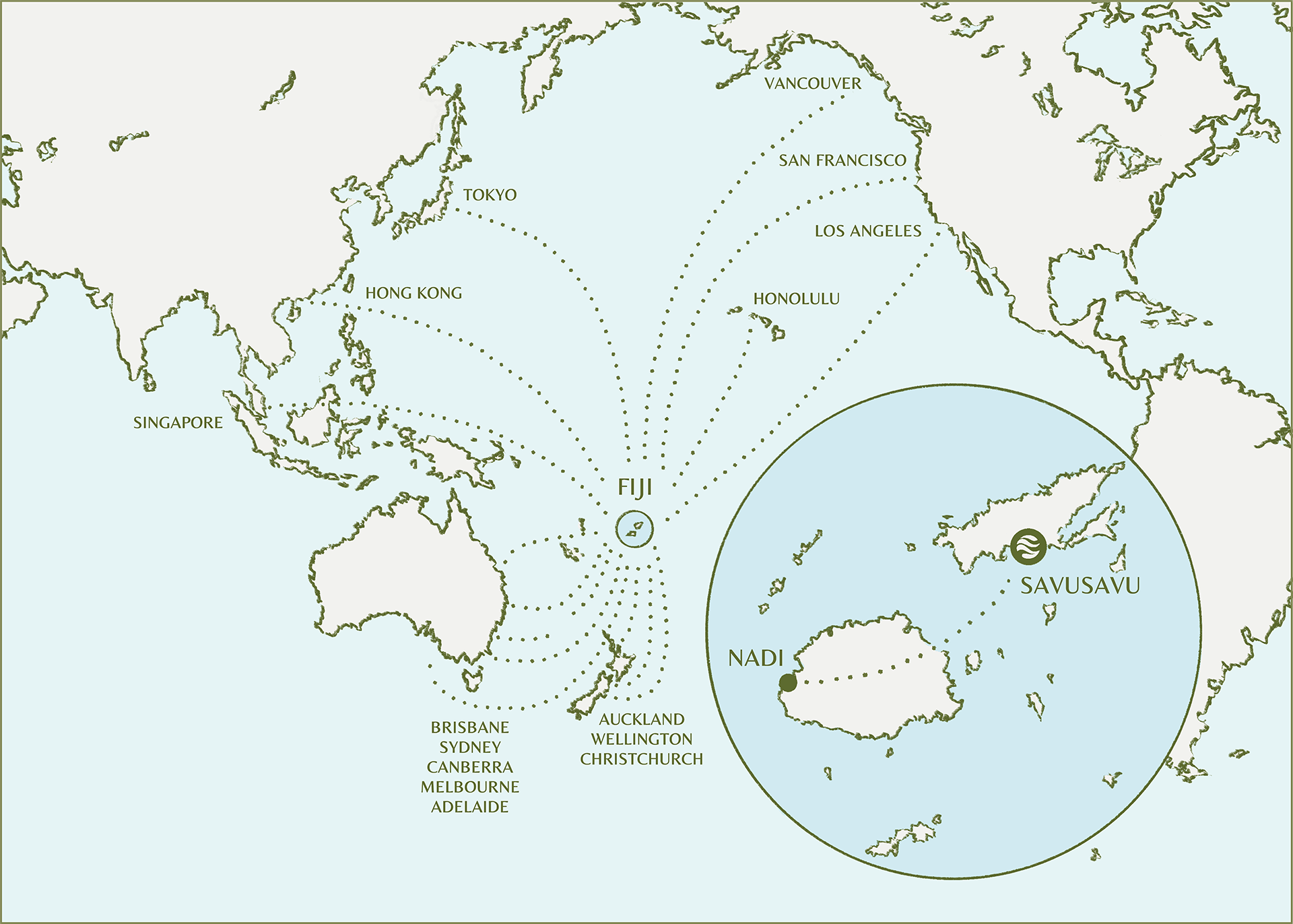STORIES
Golden Shower
Golden Shower
Characteristics
Medium-sized tree, 10-20 m tall, with fast growth. Leaves deciduous, 15-60 cm long, pinnate. Flowers yellow. Fruit is a legume, 30-60 cm ling. Wood very strong and durable, has been used to construct “Ehela Kanuwa”, a site at Adams Peak in Sri Lanka.
Distribution
Native to the Indian subcontinent and adjacent regions in Southeast Asia. It is a popular ornamental tree and widely grown in tropical and subtropical areas around the world.
Natural Medical Properties
| The ripe pods and seeds are widely used in both traditional and conventional medicine as a laxative. The root-bark, leaves and flowers also have laxative properties, but to a lesser extent.
In modern medicine, the fruit pulp is sometimes used as a mild laxative in paediatrics. The fruit pulp and leaves are rich in anthraquinone derivatives (around 2%), and glycosides, which are responsible for the laxative properties. The fruit pulp is rich in pectins and mucilage. In-vitro and in-vivo tests have shown that the seed powder has amoebicidal and cysticidal properties against Entamoeba histolytica and that it could cure intestinal amoebiasis of humans. The aqueous fraction of the pods has produced a significant decrease in glycaemia. An alcohol extract of the leaves has shown antibacterial activity in vivo against Staphylococcus aureus and Pseudomonas aeruginosa, plus accelerated wound healing. A water extract of the leaves has shown antifungal activity against the human skin pathogens Trichophyton spp., Epidermophyton floccosum and Microsporum ferruginum. The pods are used as a remedy for malaria, blood poisoning, anthrax, diabetes and dysentery. The pods contain a sweet, sticky pulp.
The sennoside content of the pods is highest at the mid-stage of fruit maturation, when the pods are pale brown. |
Did you know?
| Various species of bees and butterflies are known to be pollinators of the Golden shower tree, especially carpenter bees (Xylocopa). |
It is both the national tree and national flower of Thailand.
Literature
World Flora Online
WorldChecklist of Selected Plant Families
A working list of all plant species
SUBSCRIBE
Stay up to date
To stay in touch and be inspired by our latest news & stories from Jean-Micheal Cousteau Resort Fiji, please register your interest.








